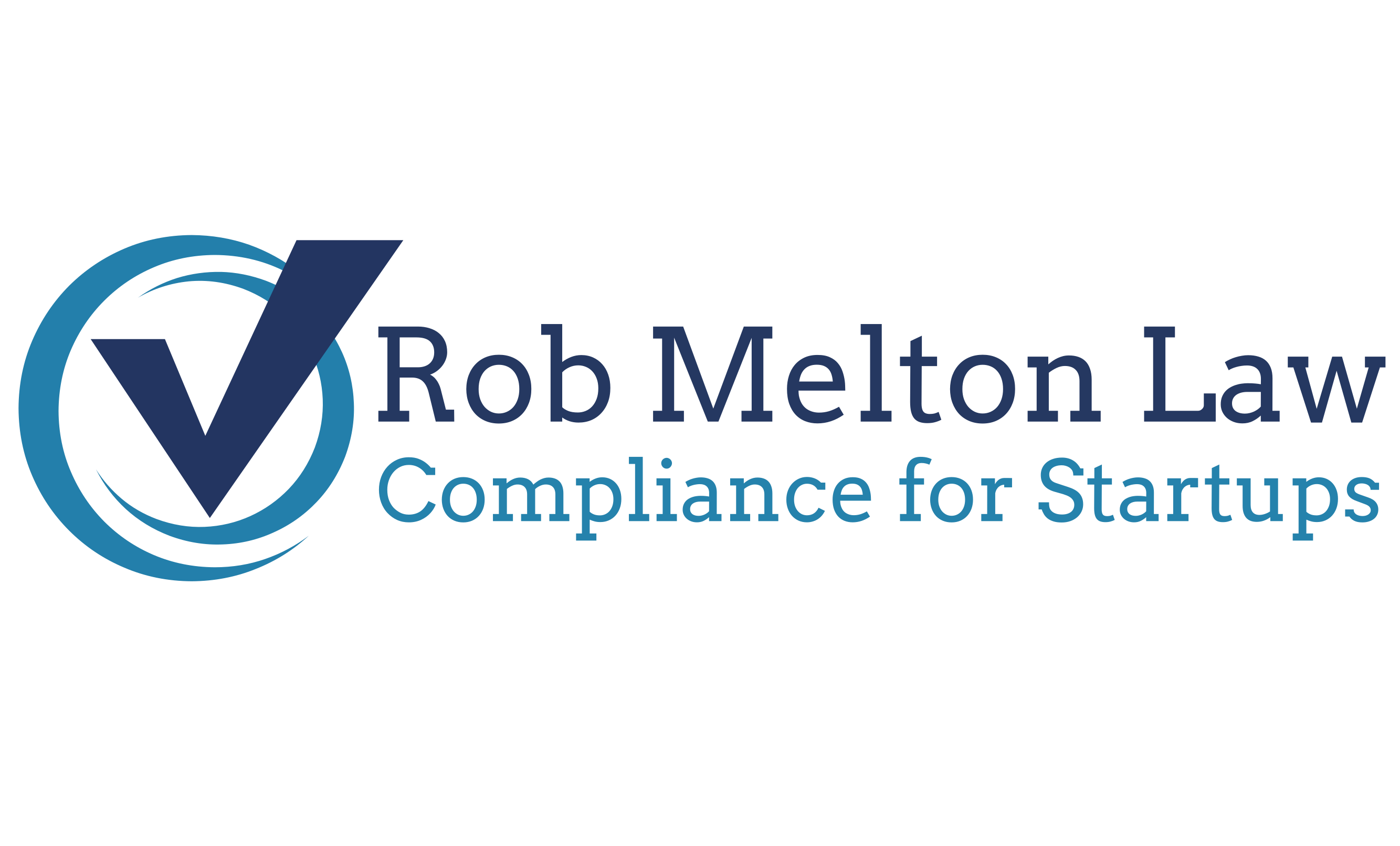Companies send vendors a security addendum to ensure that third-party providers adhere to data protection standards, cybersecurity policies, and regulatory requirements. These addendums outline security expectations, such as encryption protocols, breach notification procedures, access controls, and compliance with industry frameworks like NIST or ISO 27001. By requiring vendors to sign a security addendum, businesses mitigate risks associated with data breaches, unauthorized access, and regulatory violations. Additionally, these agreements help establish accountability, ensuring vendors maintain secure infrastructure and follow best practices in handling sensitive information.
A security addendum typically includes requirements to ensure data protection, compliance, and risk mitigation. Customers often require vendors to implement strong cybersecurity measures, such as encryption protocols, access controls, and regular security audits. Additionally, vendors may be required to maintain incident response plans, conduct penetration testing, and adhere to industry standards like NIST or ISO 27001. The addendum may also outline third-party risk management, ensuring that subcontractors follow the same security policies. Customers often mandate breach notification timelines, requiring vendors to report security incidents promptly.
A lawyer for a vendor plays a crucial role in reviewing a security addendum by ensuring that it aligns with company standards and expected legal, regulatory, and contractual obligations while mitigating risk for the company. Lawyers also negotiate liability clauses, ensuring that the company is protected in case of data breaches or security failures. Additionally, they verify breach notification requirements, data handling procedures, and access control policies against their own internal procedures to safeguard sensitive information. By conducting a thorough review, lawyers help businesses strengthen the consistency of vendor agreements, eliminate unnecessary expenses, and reduce exposure in legal disputes.
A lawyer facilitates review of a security addendum by the technical or security team, rather than replacing them. While the security team is focused on whether they can comply with the requirements, the lawyer reviewing a security addendum is usually focused on standardizing language, dialing back unreasonable security terms and ensuring the company is not taking on unnecessary liability.
Written Information Security Program
Customers require vendors to have a Written Information Security Program (WISP) to ensure data protection, regulatory compliance, and risk mitigation. A WISP outlines a vendor’s security policies, controls, and procedures, ensuring they follow best practices for safeguarding sensitive information. Many state and federal laws, such as the Gramm-Leach-Bliley Act (GLBA) Safeguards Rule, mandate businesses to implement reasonable security measures, making a WISP a critical requirement. Additionally, a WISP helps vendors demonstrate accountability, ensuring they proactively address cybersecurity risks, access controls, and incident response protocols
Access Provisions
Access requirements in a security addendum between a vendor and a customer ensure that only authorized personnel can access sensitive data, systems, and infrastructure. These provisions help mitigate security risks, prevent unauthorized access, and ensure compliance with industry regulations such as CJIS, NIST, and ISO 27001. Access requirements typically define authentication protocols, role-based access controls (RBAC), multi-factor authentication (MFA), and audit logging to track user activity.
Pen Testing and Vulnerability Scans
Penetration testing (pen testing) and vulnerability scan requirements are included in a security addendum between a vendor and a customer to ensure proactive risk management, compliance, and cybersecurity resilience. These assessments help identify security weaknesses, allowing vendors to address vulnerabilities before they can be exploited. Many regulatory frameworks, such as PCI DSS, GLBA, and NIST, mandate regular security testing to protect sensitive data. Pen testing simulates real-world cyberattacks, while vulnerability scans provide continuous monitoring for emerging threats
Change Management
Why do companies often require their vendors to meet change management standards in a security addendum? A change management policy provides a structured approach to handling organizational changes, ensuring smooth transitions, risk mitigation, and stakeholder alignment. Without a clear established practice, businesses may face disruptions, employee resistance, and operational inefficiencies when implementing new processes, technologies, or strategies.
Data Segregation
Data segregation seeks to ensure that a vendor keeps a customer’s data logically or physically separate from other clients’ data, reducing the risk of unauthorized access, data leaks, or cross-contamination. This is particularly important in multi-tenant environments, where multiple customers share the same infrastructure. Segregation helps maintain data integrity, confidentiality, and compliance with regulations.
Vendor Management
Organizations must ensure that their vendors and the vendor’s vendors handling personal data comply with strict privacy and security requirements. They must ensure the vendors data protection measures are assessed, appropriate contractual protections are in place, and there is ongoing monitoring for continued compliance.
Secure Software Development
Customers require vendors to follow secure software development practices to ensure data protection, regulatory compliance, and cybersecurity resilience. Secure development minimizes vulnerabilities, reducing the risk of data breaches, malware infections, and unauthorized access. Many industry standards mandate vendors to implement secure coding, vulnerability testing, and software supply chain security. Additionally, government agencies and enterprises require vendors to attest to secure development practices before software can be deployed.
Business Continuity and Disaster Recovery Requirements
Business continuity and disaster recovery (BCDR) requirements to ensure that operations remain resilient in the face of disruptions such as cyberattacks, natural disasters, or system failures. These provisions help businesses minimize downtime, protect critical data, and maintain regulatory compliance. BCDR clauses typically outline backup procedures, recovery timelines, risk mitigation strategies, and communication protocols to ensure that vendors and partners can restore services efficiently. Additionally, industries such as finance, healthcare, and government often require BCDR plans to meet legal and compliance standards.
Security Training
Customers require vendors to conduct annual security training for their employees to ensure compliance, risk mitigation, and cybersecurity awareness. These trainings help employees recognize phishing attacks, social engineering tactics, and data protection best practices, reducing the likelihood of security breaches. Many regulatory frameworks, such as HIPAA, FISMA, and NIST SP 800-171, mandate annual security awareness programs to safeguard sensitive information. Additionally, training ensures that employees understand access controls, incident response protocols, and compliance obligations, strengthening overall security posture.
Background Checks
Vendors are required to perform background checks on their employees to ensure security, compliance, and risk mitigation when handling sensitive data, financial transactions, or customer interactions. These checks help verify an employee’s criminal history, financial stability, and professional qualifications, reducing the risk of fraud, data breaches, and reputational damage. Many industries, such as finance, healthcare, and government, mandate background screenings to comply with regulatory requirements like the Fair Credit Reporting Act (FCRA). Additionally, background checks help vendors assess their employees’ trustworthiness, reliability, and ethical standards, ensuring they meet contractual obligations with clients.
Incident Response and Notification Procedures
A vendor security addendum typically includes incident response and breach notification clauses to create a process for detection, reporting, and mitigation of security incidents. These clauses often require vendors to maintain a formal incident response plan, and notify customers promptly in the event of a data breach or cybersecurity incident. The addendum usually outlines remediation steps, corrective actions, and steps for compliance with regulatory reporting requirements on customers.
Audit Clauses
Companies require vendors to conduct third-party audits and allow company audits in a security addendum to ensure compliance, risk management, and cybersecurity accountability. Third-party audits provide independent verification that vendors meet industry security standards, such as ISO 27001, SOC 2, or NIST frameworks. These audits help identify vulnerabilities, assess security controls, and ensure regulatory compliance. Additionally, company audits allow businesses to directly evaluate vendor security practices, ensuring alignment with contractual obligations and data protection policies. By enforcing these requirements, companies mitigate security risks, prevent data breaches, and maintain trust in vendor relationships.

